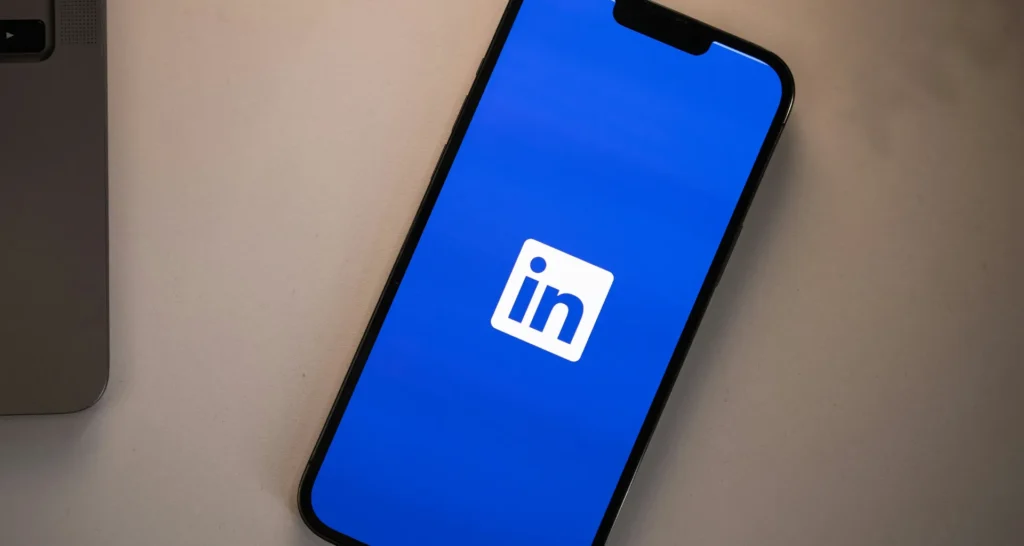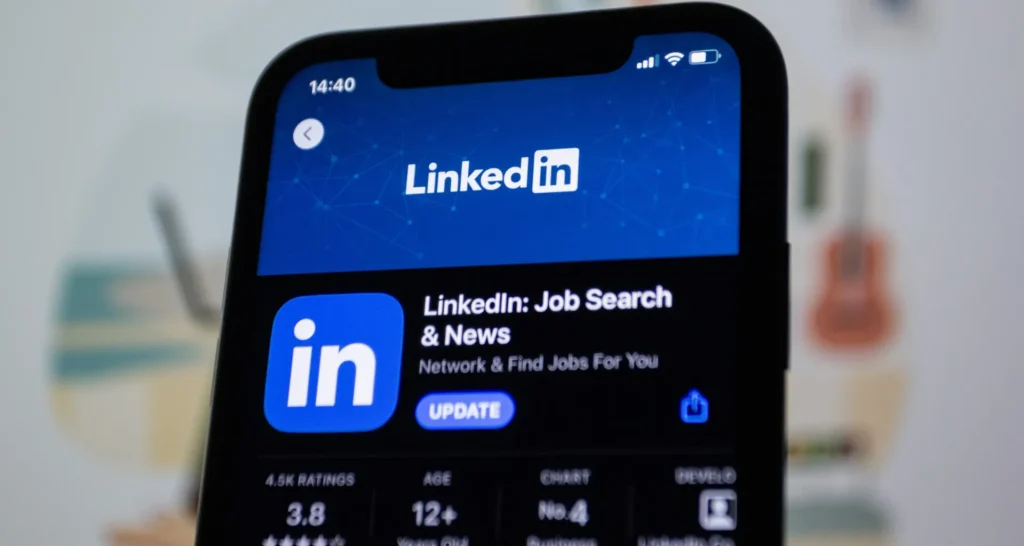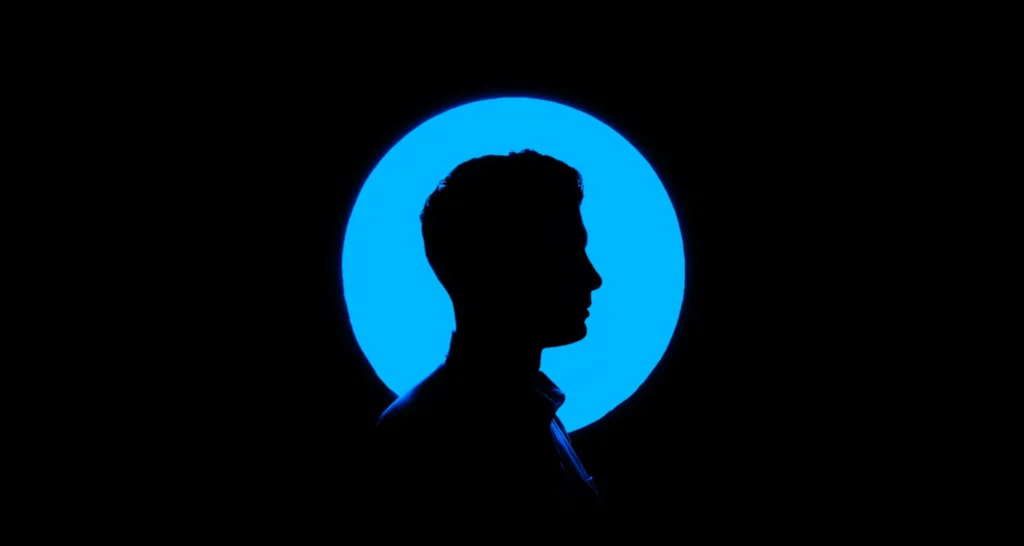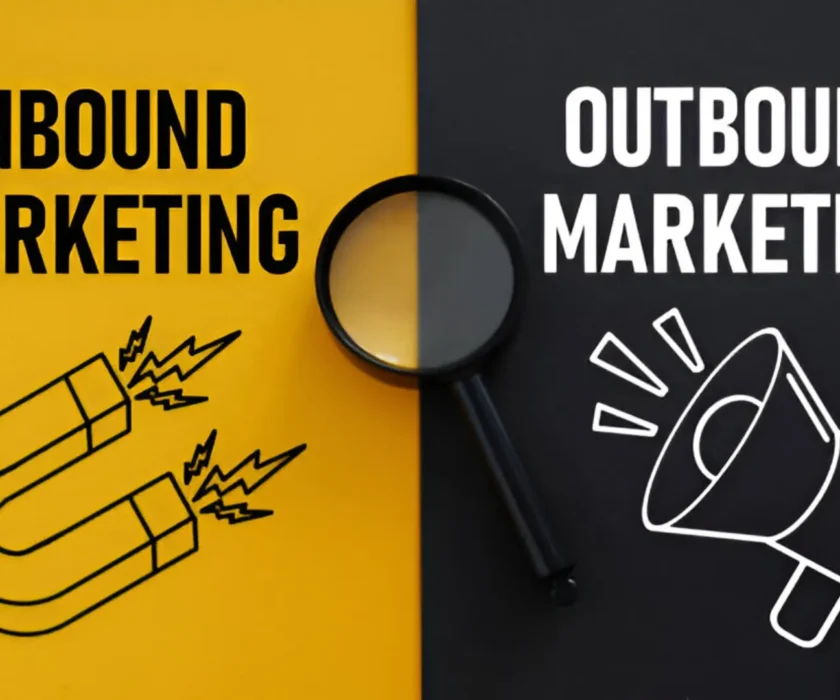The Unlikely Empire of Words
Well, who’d have thought it? The humble written word has built an empire in an age of fleeting videos and ephemeral stories. And its capital? LinkedIn. Once a staid repository for digital resumes, the platform now hums with a different energy. It’s a global networking event that never ends, a digital agora for the professional class. The currency of this realm isn’t just connections or endorsements; it’s narrative. Your story, told in your own words, has become your most valuable professional asset. People forget that at its core, business is human. We connect with stories, not statistics. A well-told tale about a project’s challenges or a lesson learned from failure forges a bond that a bulleted list of skills never could. This is the new frontier, folks. It’s time to pick up the pen.

Mining for Gold in Your Daily Grind
“But I’m no writer,” you say. “My job’s not that interesting.” Hogwash. Every professional life is a goldmine of stories. The secret is knowing where to dig. Your daily experiences, which you might dismiss as routine, are the bedrock of compelling content. Think about it. That tough negotiation you navigated, when you salvaged a project on the brink of disaster, the moment you finally understood a complex problem—these are your stories. They are unique to you. They are your intellectual property.
The first step is to become a collector of these moments. Get yourself a journal, a notes app, whatever works. The medium doesn’t matter; the habit does. When you solve a tricky problem, jot it down. When a client compliments you, record it. When you have a sudden insight on your commute, capture it. You’re building an arsenal of ideas. This isn’t about grand, earth-shattering epiphanies. It’s about the small victories, the incremental lessons, the human moments that make up a career. These are the threads you’ll later weave into your LinkedIn tapestry.

The Anatomy of a Killer Post
Alright, so you’ve got your stories. Now what? You can’t just dump them onto the page. A story needs a structure, a skeleton to hang its flesh on. Think of it like a good joke. It requires a setup, a punchline, and a little flair in the delivery. LinkedIn’s formula is simple but effective: the hook, the story, the lesson, and the call to action.
The hook is your opening gambit. It’s the first line that has to stop the scroll. It could be a provocative question, a surprising statistic, or a cliffhanger that piques curiosity. No clickbait, mind you. The hook must have a genuine connection to the story you’re about to tell. It’s the handshake, the thing that makes someone pause and give you their attention.
Next comes the story itself. This is where you lay out the narrative. Don’t just state what happened. Show it. Use sensory details. Let your personality bleed onto the page. Talk about the struggle, the moment of doubt, the breakthrough. People don’t connect with perfection; they connect with humanity. Your vulnerabilities are your strengths here. They make you relatable. They make you real.
Then, the lesson. What’s the takeaway? What did you learn from the experience you just described? This is the value you offer your reader. It’s the “aha” moment you give them. It can be a single, powerful sentence or a short paragraph. The key is clarity. You’ve taken them on a journey; now give them a souvenir.
A post shouldn’t be a dead end. It should be the start of a conversation. Ask a question. Invite people to share their own experiences. Please encourage them to send you a message. You’re not just a broadcaster; you’re a community builder. The goal is to turn your post into a watering hole where ideas are exchanged and relationships are forged.

Playing the Long Game
Look, there’s no magic bullet here. Building a powerful presence on LinkedIn is a marathon, not a sprint. It takes time. It takes consistency. It takes a genuine interest in other people. You have to be willing to put in the work. That means posting regularly, but it also means engaging with others. Read their posts. Leave thoughtful comments. Share their work. Be a good literary citizen.
This is about building a reputation as a thoughtful, generous, and knowledgeable professional. It’s about creating a network of people who know you, like you, and trust you. When you do that, the opportunities will come. The job offers, client inquiries, and speaking invitations are all byproducts of a well-tended digital garden. So, get writing. Your story is waiting to be told. And on LinkedIn, the world is waiting to read it. What have you got to lose?


